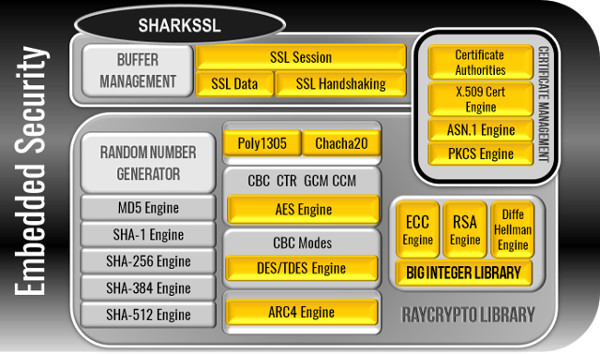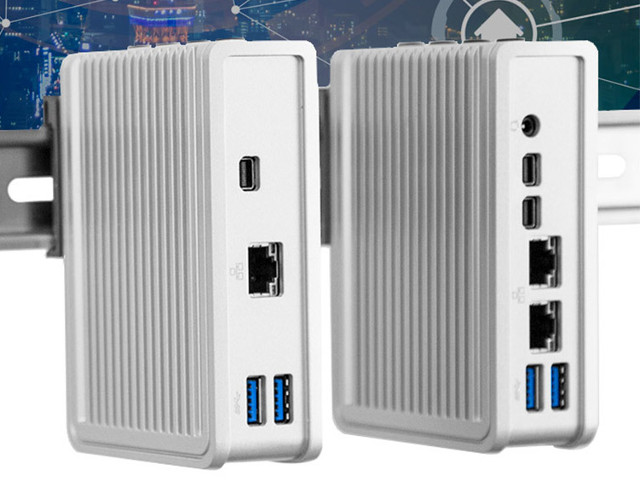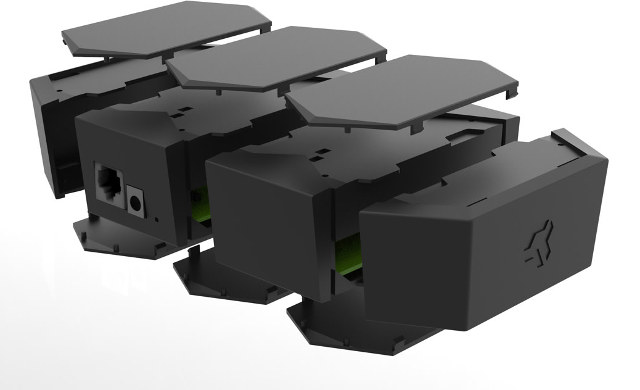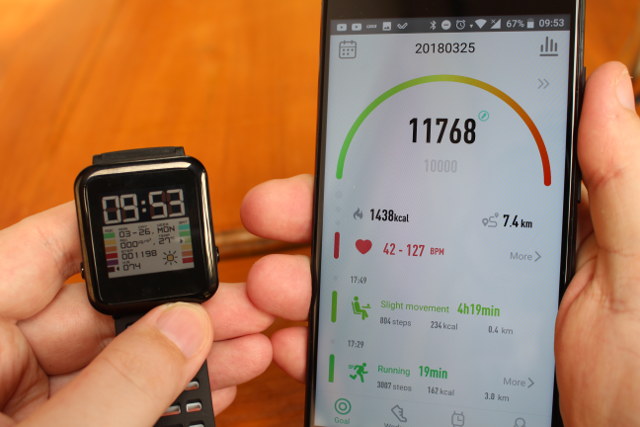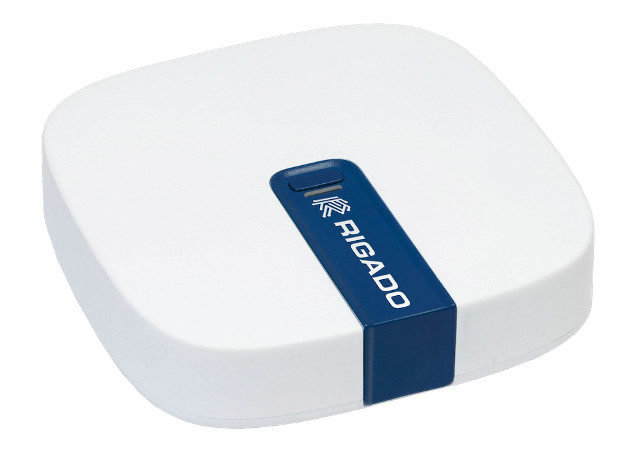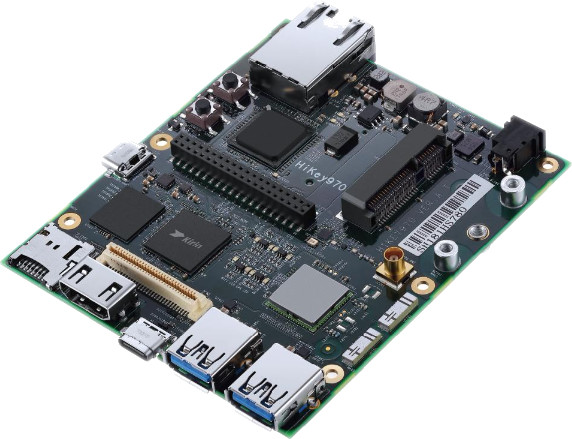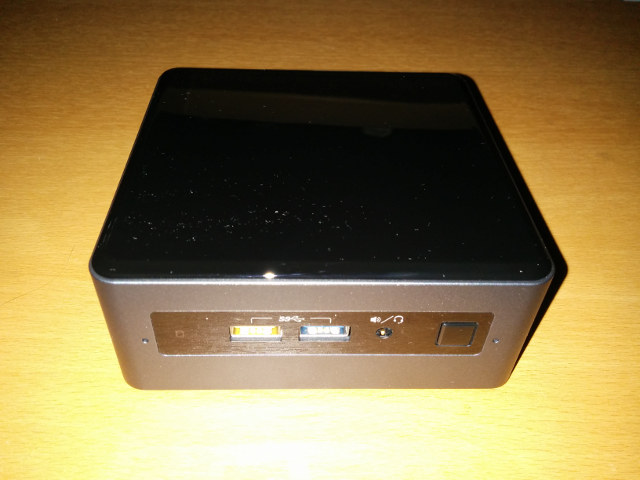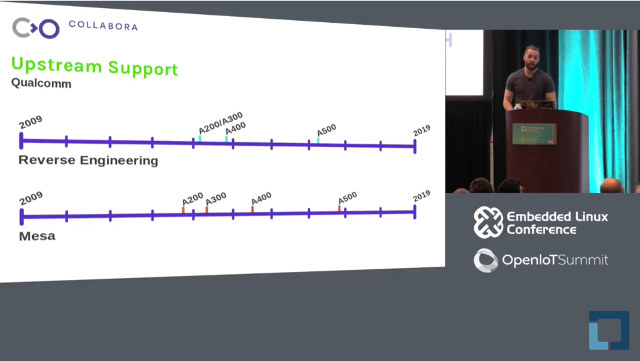Real Time Logic claims SharkSSL is the smallest, fastest, and best performing embedded TLS v1.0/1.1/1.2 solution. It works with ColdFire, Kinetis K60, all the Cortex-M3 and -M4 processors, as well as Tensilica LX3 based ESP8266. The solutions can be tuned via compile-time options to a less than 20kB footprint that still supports full x.509 authentication. SharkSSL is a commercial solution, but the SDK is free to use for non-commercial projects. In order to simplify development on ESP826, the company has released the SharkSSL ESP8266 IDE running in a virtual machine, and providing a complete FreeRTOS and lwIP based development environment using a web based interface. Once you’ve downloaded the virtual machine image, you can start it in VirtualBox or VMWare with bridged networking enabled. The IP address of the virtual machine will be shown in the console, and you can use it in your favorite web browser in the host […]
Logic Supply CL200 Series Compact Embedded Mini PCs To Ship with Ubuntu 16.04 or Windows 10 IoT
After launching their ML350 customizable fanless industrial computer, Logic Supply is back with another Apollo Lake family of mini PCs – CL200 series – with a much more compact form factor (Ultra Small Form Factor), and equipped with an Intel Celeron N3350 processor. Two models are available for now with CL200 featuring 1 GB RAM, 8 GB storage and running Ubuntu 16.04, and CL210 with 2GB RAM, 32 GB storage, and shipping with either Windows 10 IoT or Ubuntu 16.04. Specifications: SoC – Intel Celeron N3350 dual core processor @ 1.10 / 2.40 GHz with Intel HD graphics 500 System Memory & Storage CL200 – 1 GB LPDDR4, 8 GB eMMC flash, mSATA Up To 1 TB, micro SD slot CL210 – 2 GB LPDDR4, 32 GB eMMC flash, mSATA Up To 1 TB, micro SD slot Audio – CL210 only: 3.5 mm audio jack (mic in, line out) Video […]
Turris MOX is a Modular Router with WiFi, SSD, LTE Modem, Ethernet, and SFP (Fiber) Modules (Crowdfunding)
The makers of Turris Omnia router – powered by a Marvell ARMADA 385 processor and running Turris OS based on OpenWrt – have been working a new product: Turris MOX modular router which can be extended with mPCIe add-on cards for LTE, SFP cage, M.2 SSD, and so on. They will soon launch an Indiegogo campaign for it, but in the meantimes, CZ.NIC association has a pre-campaign for a $69 MOX access point with dual band WiFI card, and intended for Turris Omnia users. The full details are not available, although we can find out a little more through root.cz and the video embedded below. The system is comprised of a basic MOX A module powered by a dual-core Armada 3720 processor coupled with 512 MB RAM, as well as USB 3.0, Gigabit Ethernet, and an I/O expansion header with GPIO, SDIO, UART and I2C. There’s also an mPCIe port […]
WeLoop Hey 3S Sports Smartwatch Review – Part 2: GPS, Running, Cycling, Notifications, and More
As mentioned previously I did not have such good luck with smart wearables so far, with disappointing products often with a short lifetime (a few weeks to a few months, and some design issues here and there like an e-Paper display without backlight, a touchscreen display with poor locking mechanism (so it’s activated while taking a shower), unreliable heart rate monitor, poor waterproofness and so on… My main requirements are always-on display, battery life as long as possible, notification support, good waterproofness to do tasks like taking shower or swim without having to remember to remove the watch, among others less important requirements. I mostly gave up on the category for about year, but decided to give it a try when GeekBuying asked me if I was interested in reviewing WeLoop Hey 3S sports smartwatch. Maybe things have improved since then. I’ve already gone through unboxing and initial setup in […]
Rigado Vesta IoT Gateway Runs Linux and Zephyr OS, Supports Bluetooth 5, 802.15.4, WiFi, Ethernet and Cellular Connectivity
I’ve recently read several open source software news related to Rigado IoT gateway, starting with Canonical announcement last month, that the gateway would ship with Ubuntu Core starting in summer 2018, and a few days ago it popped up again during Linaro CEO keynote at Linaro Connect HK 2018, as one of the first commercial devices to run the Zephyr OS, specifically its fully open source Bluetooth stack on a Nordic nRF52 chip. Rigado Vesta IoT gateway is not exactly new, as it was first announced in December 2016. The hardware relies on an NXP i.MX 6UL Cortex A7 processor, up to 256MB RAM, 4GB eMMC flash, and includes built-in support for dual band WiFi, Bluetooth Smart, Bluetooth 5/4.2, 802.15.4 (Thread), Fast Ethernet with PoE, as well as optional support for a cellular LTE Cat 1 modem. Rigado gateway hardware specifications: Processor – NXP i.MX6 UltraLite (G3) Arm Cortex A7 […]
96Boards Unveils Four A.I. Developer Platforms: HiKey 970, Ultra96, ROCK960 PRO & Enterprise Edition
Many new processors include a Neural Processing Unit (NPU) – aka Neural Network Accelerator (NNA) – in order to speed up talks associated with artificial intelligence, such as object or other patterns recognitions. With Linaro Connect Hong Kong 2018, 96Boards has just unveiled four development boards specifically designed for artificial intelligence solution with Hikey 970 powered by Hisilicon Kirin 970 processor, Ultra96 based on Xilinx Zynq UltraScale+ ZU3EG ARM+ FPGA SoC, and ROCK960 PRO & Enterprise Edition featuring the upcoming Rockchip RK3399Pro processor. Hikey 970 Preliminary specifications: SoC – Kirin 970 with 4x Cortex A73 @ 2.36GHz, 4x Cortex A53 @ 1.8GHz, Arm Mali G72-MP12 GPU, NPU with 256MAC/cycle @ 960MHz System Memory – 6GB 1866MHz, 4 Channel LPDDR4x Storage -64GB UFS storage, micro SD card slot Video Output – HDMI 1.4 up to 1080p60 Camera – 4 lanes CSI + 2 lanes CSI Connectivity – Gigabit Ethernet, wireless module, […]
Intel NUC7CJYSAL “June Canyon” Gemini Lake NUC Mini PC Review with Windows 10 and Ubuntu
The hardware specification for mini PCs has recently evolved past the traditional fixed amount of memory and storage. Now mini PCs are shipping with SODIMM slots allowing RAM expansion and a variety of M.2 or SSD combos providing flexible storage options. Recent mini PCs are also coming to market with desktop processors rather than mobile processors because there has been a gradual acceptance of the necessary inclusion of a small internal fan. In doing so not only is this addressing the key limiting factors for mini PCs but it is also redefines the very definition of a mini PC. Until recently Intel NUCs (Next Unit of Computing) were seen as small-form-factor personal computers primarily because they consisted of the traditional motherboard with a processor, included removable RAM and storage and were enclosed in a case with an external power supply. They were also sold as kits meaning they were essentially […]
Status of Embedded GPU Ecosystem – Linux/Mesa Upstream Support (ELC 2018 Video)
The Embedded Linux Confernce is on-going, and the Linux Foundation has been uploading videos about talks in a timely manner on YouTube. I checked out at RISC-V keynote yesterday, but today I’ve watched a talk by Robert Foss (his real name, not related to FOSS) from Collabora entitled “Progress in the Embedded GPU Ecosystem”, where he discusses open source software support in Linux/Mesa from companies and reverse-engineering support. The first part deals with the history of embedded GPU support, especially when it comes to company support. Intel was the first and offers very good support for their drivers, following by AMD who also is a good citizen. NVIDIA has the Nouveau driver but they did not really backed it up, and Tegra support is apparently sponsored by an aircraft supplier. Other companies have been slower to help, but Qualcomm has made progress since 2015 and now support all their hardware, […]


